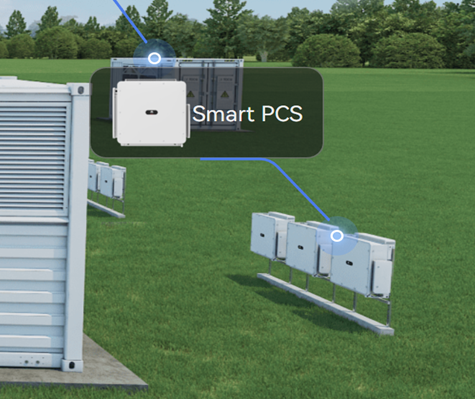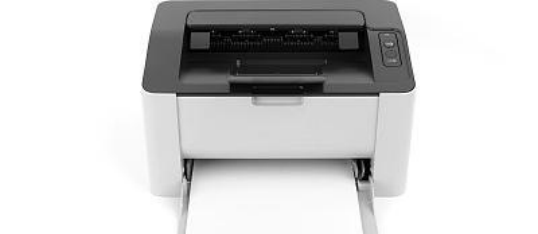Harnessing Efficiency and Reliability: An Insight into Smart Micro-grid Energy Storage Systems
In the rapidly evolving landscape of renewable energy, grid energy storage systems are a cornerstone. As the world shifts towards sustainable energy solutions, smart micro-grid systems emerge as pivotal players. These systems, equipped with advanced technology components, not only enhance energy efficiency but also ensure a stable and reliable power supply. This comprehensive article delves into the core components of a smart micro grid system, exploring their functionalities and the critical role they play in modern energy management and sustainability.
Smart PV Controllers
Smart Photovoltaic (PV) Controllers represent a significant leap in solar energy management within micro-grid systems. These advanced controllers are the brains behind the efficient conversion of solar energy into electrical power. Equipped with sophisticated algorithms, they dynamically adjust to varying sunlight conditions, ensuring optimal energy conversion throughout the day. Their functionality extends to monitoring and regulating voltage and current from solar panels, maximizing energy harvest even under fluctuating weather conditions. Furthermore, Smart PV Controllers are instrumental in preventing overcharging and extending the lifespan of solar panels, marking a significant advancement in prolonging the sustainability of solar energy systems.

Smart String Energy Storage Systems (ESS)
Central to grid energy storage, Smart String Energy Storage Systems (ESS) are revolutionizing how energy is stored and utilized. These systems are ingeniously designed to store surplus energy generated during periods of peak solar or wind production. This stored energy is then strategically released during high-demand periods or when renewable sources are less productive, such as during cloudy or calm weather. By balancing supply and demand, Smart ESS plays a crucial role in minimizing energy wastage, ensuring the reliability of the power supply, and stabilizing the grid against fluctuations.
Smart Transformer Stations
Smart Transformer Stations are the technological marvels that form the backbone of micro-grid systems. These stations do much more than traditional transformers; they are equipped with cutting-edge technology that efficiently manages voltage levels and integrates multiple renewable energy sources into the grid. Their role is pivotal in ensuring that the energy distributed is stable, consistent, and meets the quality standards required for modern electrical appliances and industrial machinery. Beyond their primary function, Smart Transformer Stations are equipped with sophisticated sensors and IoT (Internet of Things) capabilities. These features enable real-time monitoring of the grid, providing valuable data analytics for predictive maintenance and efficient energy distribution. They can detect and respond to grid disturbances swiftly, thereby enhancing the reliability and security of the micro-grid. The adaptability of these stations to different energy sources and their ability to handle varying load demands make them indispensable in the modern energy landscape.
Smart Power Conditioning Systems
Smart Power Conditioning Systems are the guardians of power quality in smart micro-grid systems. These systems play a critical role in ensuring that the electricity supplied is not only consistent but also of high quality. They achieve this by correcting voltage fluctuations, filtering out harmonics, and managing reactive power. This process is crucial as it protects electrical appliances from damage caused by power quality issues and ensures their efficient operation.

Conclusion
Smart grid energy storage systems with their suite of advanced components, are reshaping the energy sector. From optimizing solar energy conversion with Smart PV Controllers to stabilizing the grid with Smart Transformer Stations and Power Conditioning Systems, each element contributes uniquely to creating a more efficient, reliable, and sustainable energy ecosystem. The integration of Smart String Energy Storage Systems further elevates these grids, enabling a balanced and resilient energy supply. As the world gravitates towards renewable energy sources, the role of smart micro-grids becomes increasingly vital. They not only pave the way for a greener future but also ensure that our transition to renewable energy is smooth, reliable, and efficient. Embracing these technologies and their continuous development is key to building a sustainable and resilient energy infrastructure for the future.







